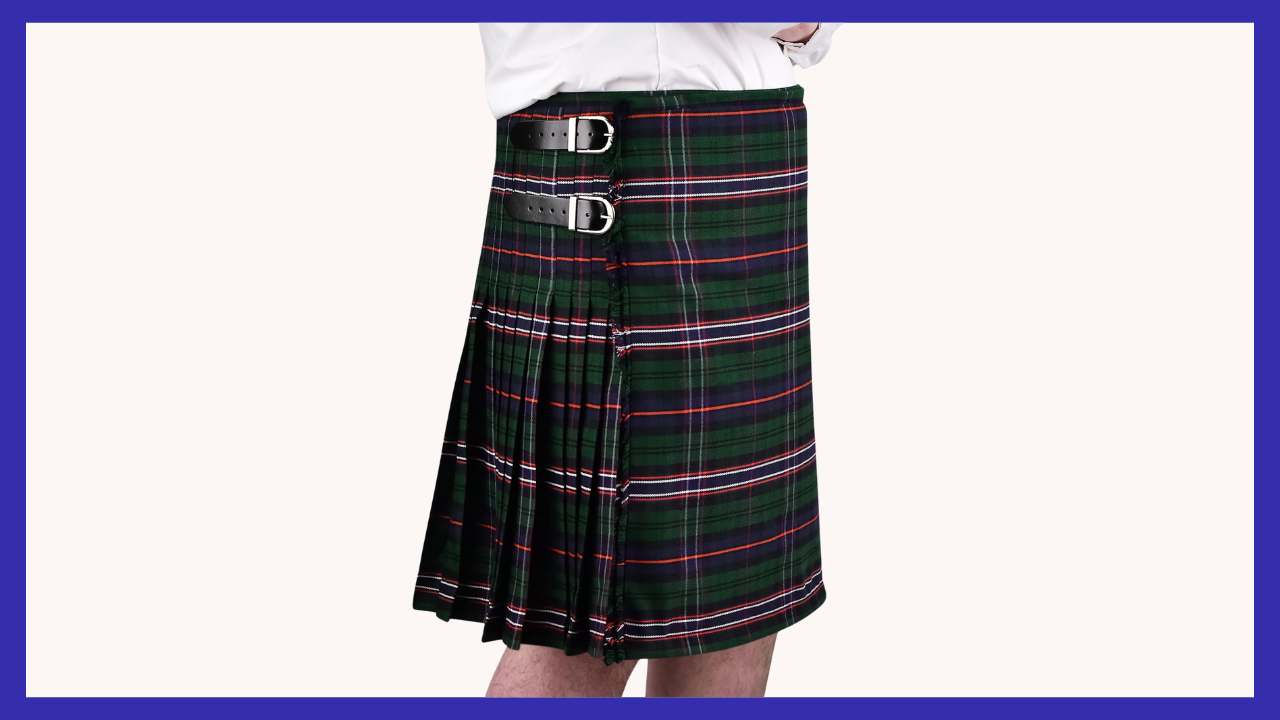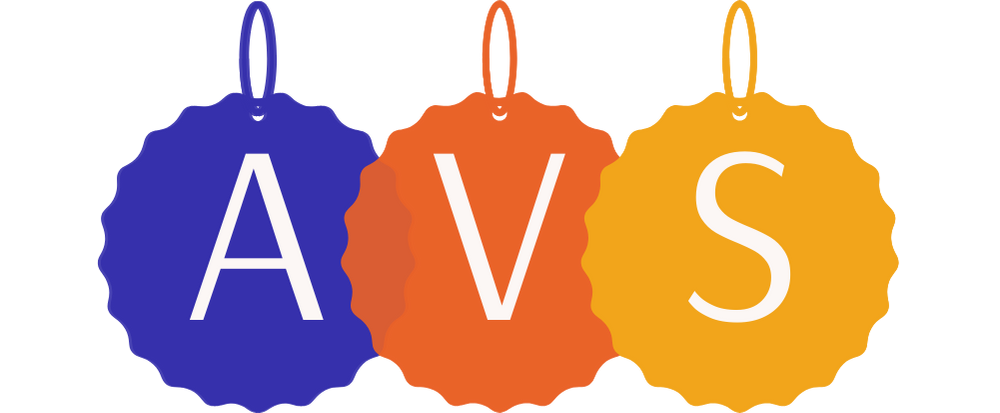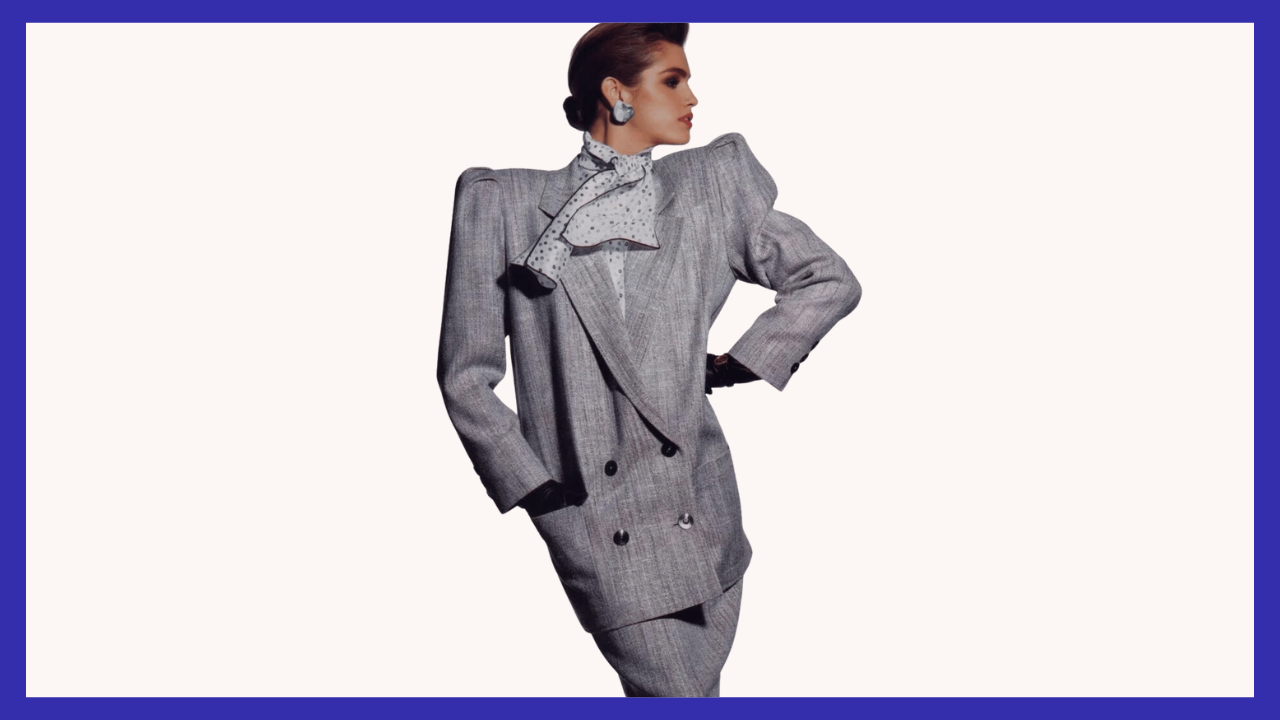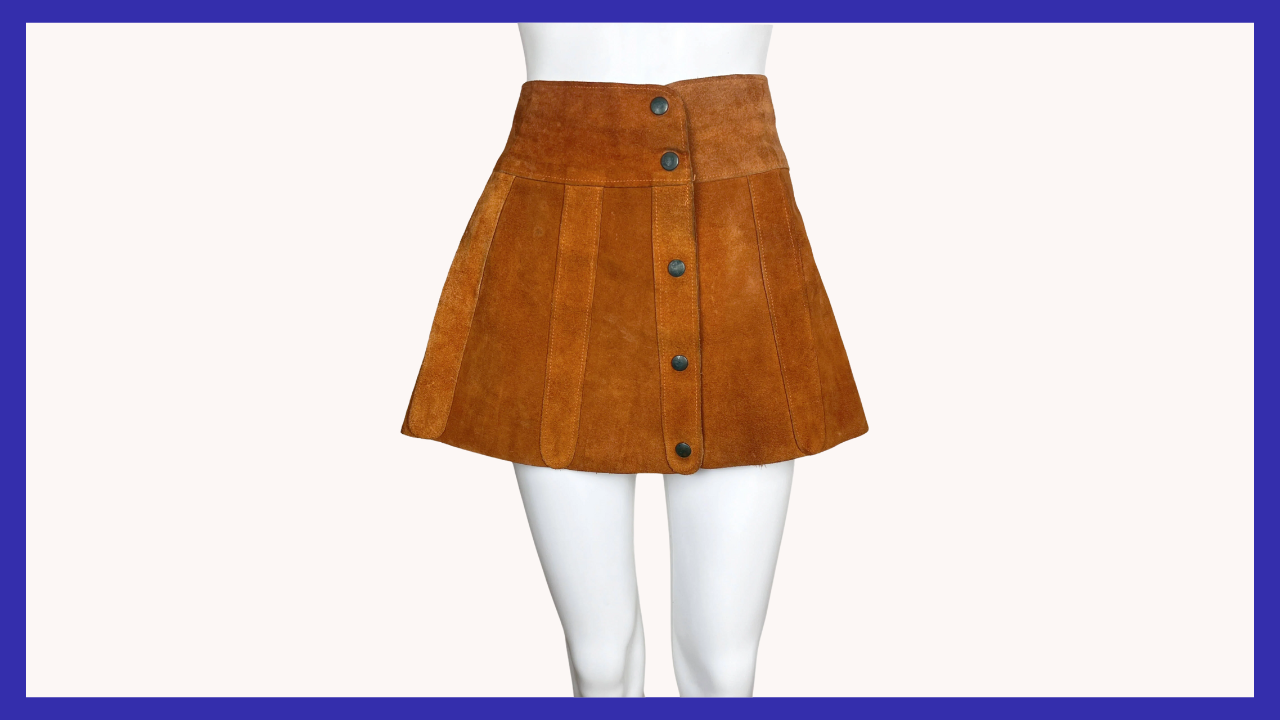AllVintageStyles
The Ultimate Vintage Fashion Encyclopedia
Kilt

Pleated wraparound skirt in tartan wool, originating from Scottish Highland dress and representing authentic clan heritage through traditional construction and cultural significance.
Quick Facts
- Era: 1920s (traditional origins, mainstream adoption 1920s-1960s)
- Origin: Scotland (Highland clan culture and traditional dress heritage)
- Garment Type: Traditional cultural garment with clan identification significance
- Key Identifiers: Knife pleats, tartan patterns, wool construction, wraparound closure
- Typical Resale Price: $100-$800 (authentic vintage pieces)
- Best For: Scottish heritage collectors, traditional dress enthusiasts, cultural costume advocates
History & Evolution
Kilts originated from centuries-old Scottish Highland traditions where clan members wore distinctive tartan patterns that identified family lineage, regional affiliation, and social status within Scottish society. Traditional construction featured hand-pleated wool fabric with specific tartan designs that carried deep cultural meaning and hereditary significance. The garment represented authentic Highland culture, warrior heritage, and Scottish national identity through practical clothing adapted for Highland terrain and clan warfare requirements.
The 1920s through 1950s saw kilts gain mainstream recognition when Scottish heritage became fashionable in broader cultural contexts, particularly through military dress uniforms, Highland games, and cultural celebrations. The style became associated with Scottish pride, cultural authenticity, and traditional craftsmanship, appealing to those with Scottish ancestry or appreciation for Celtic heritage. Fashion designers occasionally adapted kilt elements for women's fashion, though traditional kilts remained primarily masculine cultural garments.
The mid-20th century maintained kilts as essential cultural dress while expanding their use in formal occasions, wedding wear, and cultural events beyond purely Scottish contexts. The style survived as authentic cultural expression throughout subsequent decades, representing connection to Highland heritage and traditional Scottish values. Contemporary kilts continue traditional construction methods, but vintage pieces offer superior wool quality and authentic cultural connections that reflect original Highland clan traditions and Scottish textile craftsmanship.
Authentication Tips
Authentic Traditional Features:
- Quality Scottish wool with authentic tartan patterns having documented clan or regional significance
- Hand-pleated construction with proper knife pleats and traditional Highland tailoring techniques
- Scottish manufacturing labels from established Highland dress makers and clan outfitters
- Authentic hardware including traditional kilt pins, buckles, and closure systems
- Proper proportions and construction reflecting genuine Highland dress rather than costume styling
Common Reproductions/Modern Pieces:
- Synthetic fabrics or poor-quality wool lacking authentic Scottish textile characteristics
- Machine-pleated construction without traditional hand-pleating techniques and Highland craftsmanship
- Generic tartan patterns without authentic clan significance or historical documentation
- Modern costume hardware inappropriate for traditional Highland dress functionality
- Simplified construction without authentic Highland tailoring and cultural dress standards
Styling & Use Cases
- Best for cultural heritage: Display and wear with deep respect for Scottish Highland traditions and clan significance
- Ideal for formal occasions: Combine with traditional Highland accessories for weddings, cultural celebrations, and formal Scottish events
- Perfect for cultural education: Use for Highland games, Scottish festivals, and educational presentations about Celtic heritage
Modern styling tips:
- Approach with cultural sensitivity and respect for Scottish Highland heritage and clan traditions
- Choose authentic Highland accessories that honor rather than trivialize traditional Scottish dress
- Focus on cultural accuracy and respect when wearing for formal occasions or cultural events
FAQ
Q: How can I tell if a kilt is authentic traditional Scottish construction?
A: Check for quality Scottish wool with documented tartan patterns, hand-pleated construction with traditional techniques, Scottish Highland dress maker labels, authentic traditional hardware, and proper proportions reflecting genuine Highland dress rather than costume styling.
Q: What's the typical price range for vintage kilts?
A: Authentic vintage kilts range from $100-800 depending on clan significance, construction quality, and Highland dress maker provenance. Documented clan pieces or established Scottish outfitter examples command premium prices among Highland heritage and cultural dress collectors.
Q: How should I care for a vintage kilt?
A: Professional dry cleaning preserves wool and pleated construction, store flat or with proper support to maintain pleating, handle traditional hardware carefully to preserve authentic Highland dress details, and consult Highland dress specialists for proper maintenance.
Q: What makes vintage kilts valuable to collectors?
A: Authentic Scottish Highland heritage representing centuries of clan culture and traditional dress, superior Scottish wool quality and hand-pleated construction reflecting Highland craftsmanship, cultural significance in Scottish identity and clan lineage documentation, and connection to traditional Highland dress makers who maintained authentic construction techniques and cultural accuracy before mass-produced costume versions.
📷: Highland Redstone



